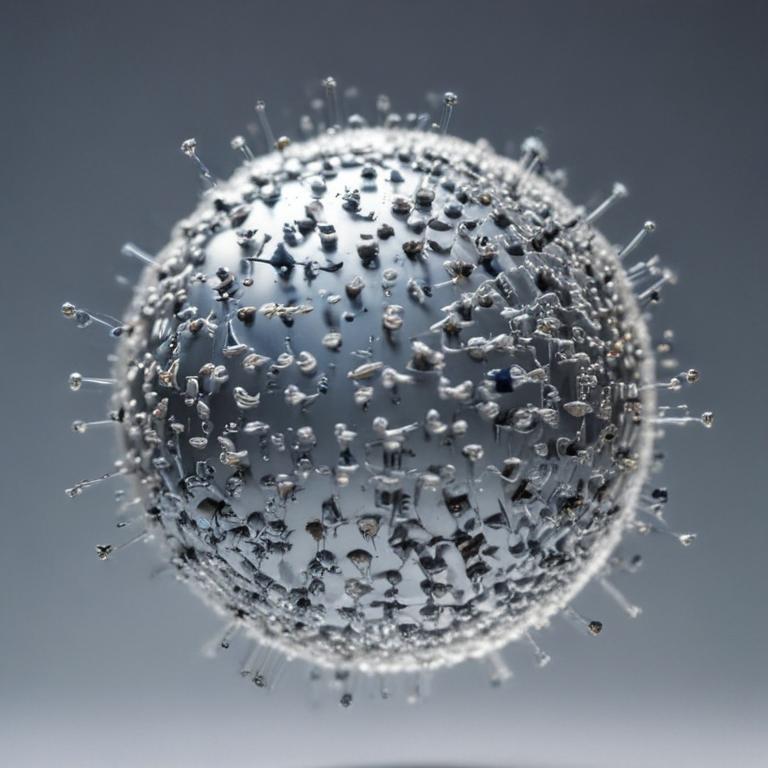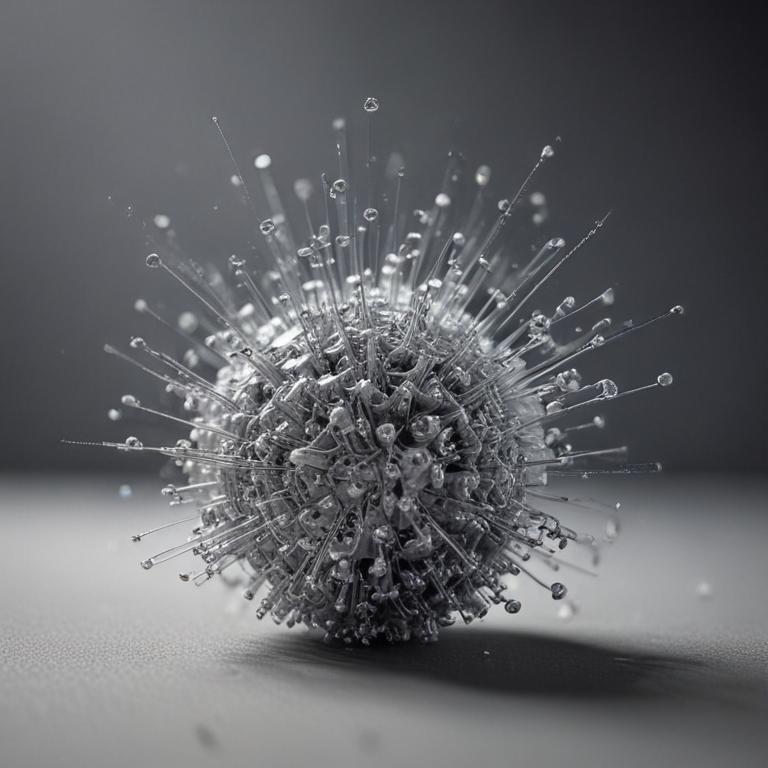发音 (Pronunciation):
IPA: /ˈpɑːrtɪkəlz/
中文近似: 帕提克尔兹
中文意思与词性 (Meanings & Part of Speech):
- 粒子 (n.)
- 微粒 (信息待补充)
例句 (Examples):
1. Particles are the smallest units of matter.
(粒子是物质的最小单位。)
2. In physics, particles can refer to atoms or subatomic particles.
(在物理学中,粒子可以指原子或亚原子粒子。)
用法提示 (Usage Tip):
注意区分粒子(particles)与宏观物体(objects)的不同。
更多关于 "particles" (More about "particles")
单词来源 (Etymology)
该词源自拉丁语 'particula',意为“小部分”。
词根词缀解析 (Root & Affix Analysis)
词根 'part-' 意为“部分”,后缀 '-icle' 表示“小”,所以 particles 字面意思是“小部分”。
“particles”的字母与词根个性化解读
字母象形/引申义 (个性化参考)
- 字母 'p' 的象形或引申含义可能包括: 手/脚 (P=F); 手掌 -> 平; 棒子 (P=B); 音变: P=B=M=F=V。
- 字母 'a' 的象形或引申含义可能包括: 牛角 (象形: 牛头, 力量, 能力); 下面宽上面尖 (形状) -> 延伸, 远处, 高处, 方向, 指示。
- 字母 'r' 的象形或引申含义可能包括: 直立, 向上 (字母R形); 走, 跑 (R象形人); 弯曲 (舌头卷曲); 音变: R=L=M=N。
- 字母 't' 的象形或引申含义可能包括: 顶端 -> 记号/标志; 手杖 -> 抓 -> 手 -> 伸展 -> 指示代词; 支撑 -> 站立; 三叉 -> Tr转换/转; 分叉; 音变: T=D=S=TH。
- 字母 'i' 的象形或引申含义可能包括: 我 (an, any, one -> 人); 水滴 -> 水 (ice); 尖, 一点, 小 (inch); 元音互换: A=E=I=O=U=W=Y。
- 字母 'c' 的象形或引申含义可能包括: 骆驼头 (象形) -> 运输 (car); 抓 (手型); 砍 (弯刀); 包围 (形状); 合并; 叫喊 (嘴型); 走/动; 音变: C=G=K=S。
- 字母 'l' 的象形或引申含义可能包括: 拉长, 长 (line); 舌头 -> 说 (language); 细, 少; 音变: L=M=N=R。
- 字母 'e' 的象形或引申含义可能包括: 眼睛 (窗户符号引申); 向外 (ex-变体); 元音互换: A=E=I=O=U=W=Y。
- 字母 's' 的象形或引申含义可能包括: 水波纹/走路痕迹 (S象形); 吐气轻细咝 -> 说话 (拟声); 音变: S=C=Z=TH=X。
词根/组合解读 (个性化参考)
- 单词中的片段 'ar' (源自词根/组合 'ar') — 含义: 手臂, 艺术; 弓, 弧形; 后缀:形容词/名词; (来源提示: a(伸长)+r(弯曲); ar(手臂)+c(弧形); 后缀).
学习提示:以上针对单词 particles 的字母和词根解读,主要基于提供的特定象形及词根资料。这些提示旨在启发联想,而非绝对定论。更通用的记忆规则和原则请参考首页。英语词源复杂多变,实际应用中请结合更全面的词源词典和语言学知识进行深入学习。
常用词组 (Common Phrases)
- subatomic particles: 亚原子粒子
- dust particles: 尘埃粒子
其他语言 (Other Languages)
- 德语: Teilchen
- 法语: particules
字母整体创意联想
单词 particles 看起来像是由许多小点(粒子)组成的,整体形状给人一种聚集的感觉。
逐字母创意解读
中文谐音助记
粒子(particles)可以联想为“很多小部分”,就像拼图一样。
相关电影/名言
"Everything is made of particles."
(万物皆由粒子构成。)
- 《粒子探测器》(2018)
趣味知识/故事
粒子物理学是研究构成物质的基本单位的科学,它帮助我们理解宇宙的基本法则。
拓展信息
粒子在科学上有多种分类,如基本粒子和复合粒子。
粒子物理学是物理学中的一个重要分支,研究粒子的性质和相互作用。
在化学中,粒子也可以指分子或离子等。
网络参考 (More about "particles" from the Web)
Particle - Wikipedia
A particle is a small localized object that can be described by physical or chemical properties. Learn about different classes of particles, such as macroscopic, microscopic, subatomic, composite, and elementary, and how they are studied in various scientific fields.
What is the arrangement of particles in a solid, liquid and gas ... - BBC
Learn how particles are arranged and move in different states of matter, such as solids, liquids and gases. Explore the particle model of matter, the properties of water and a shear-thickening liquid activity.
A New Map of All the Particles and Forces | Quanta Magazine
Explore the fundamental particles and interactions of nature with a visual representation based on the Standard Model of particle physics. Learn how quarks, leptons, forces and generations fit into a double simplex scheme.
更多图片 (particles More Images)

